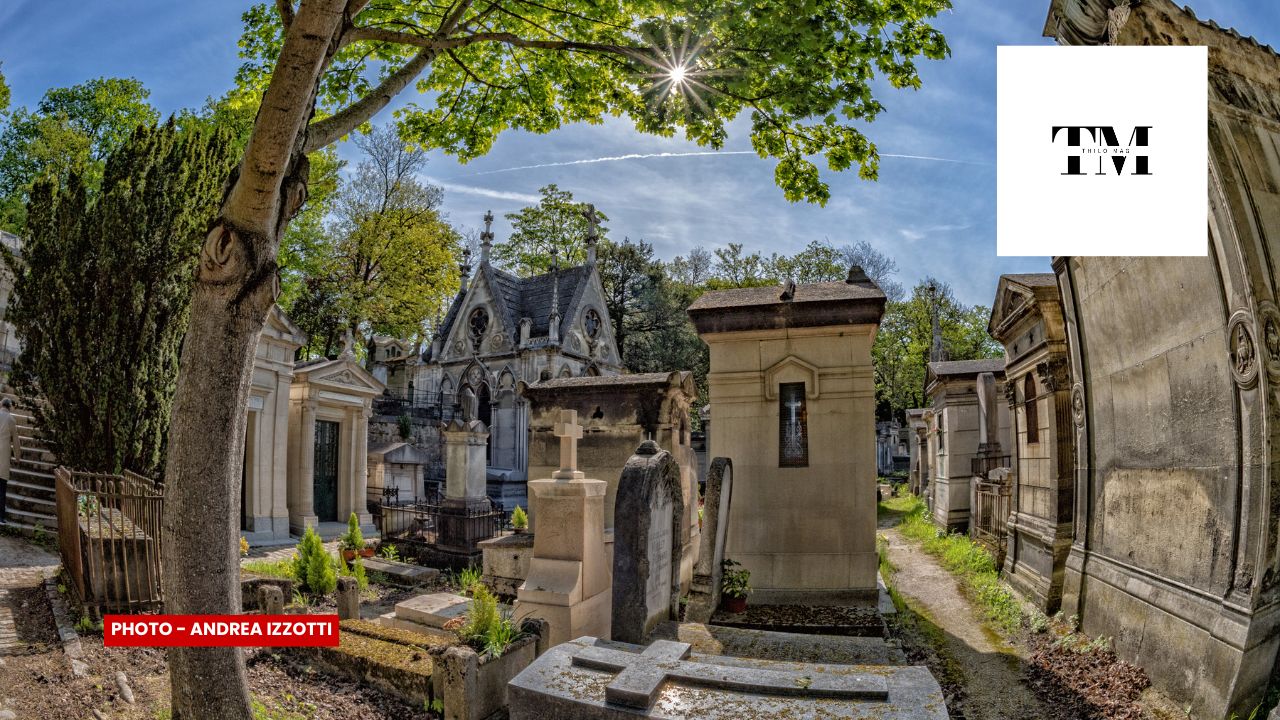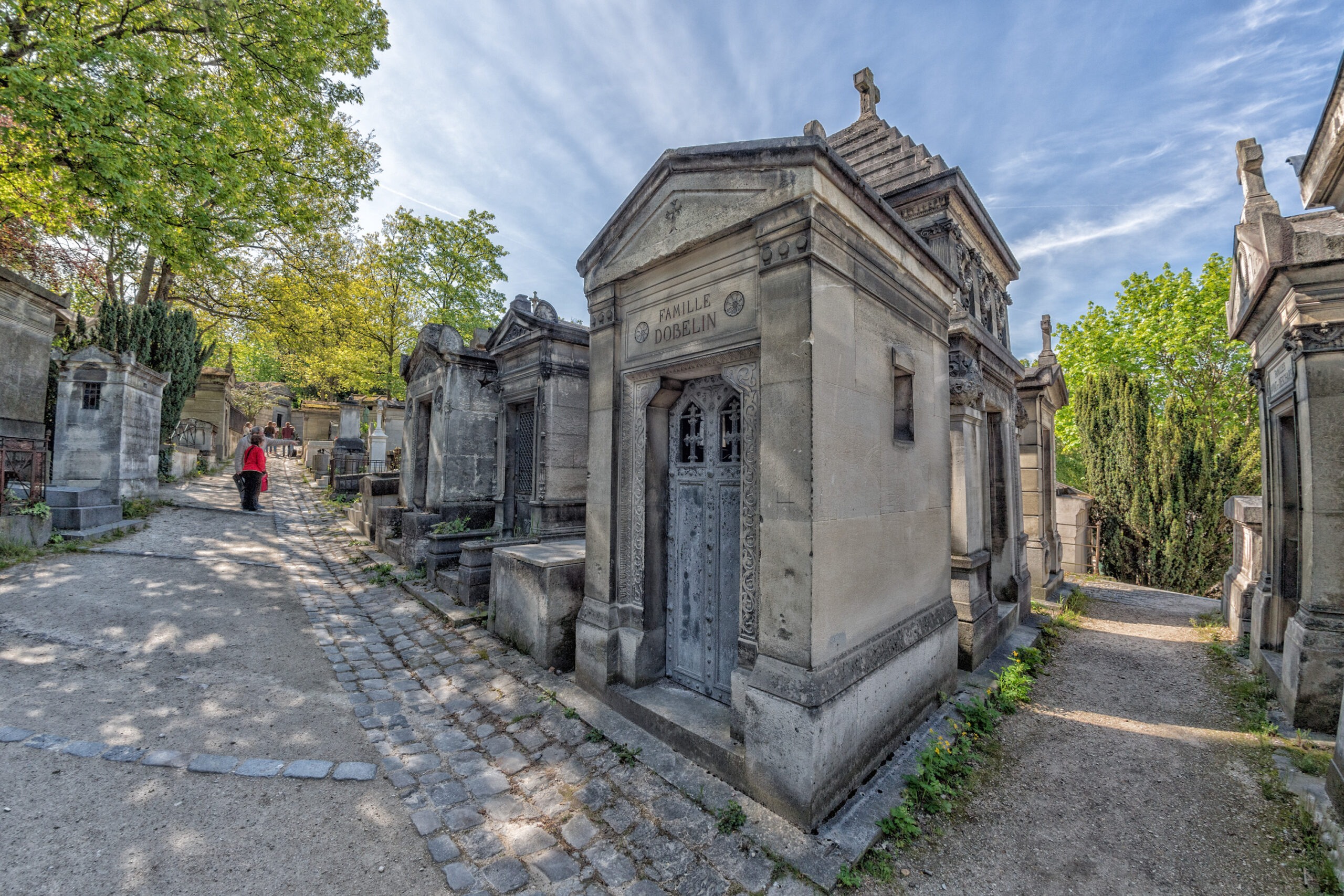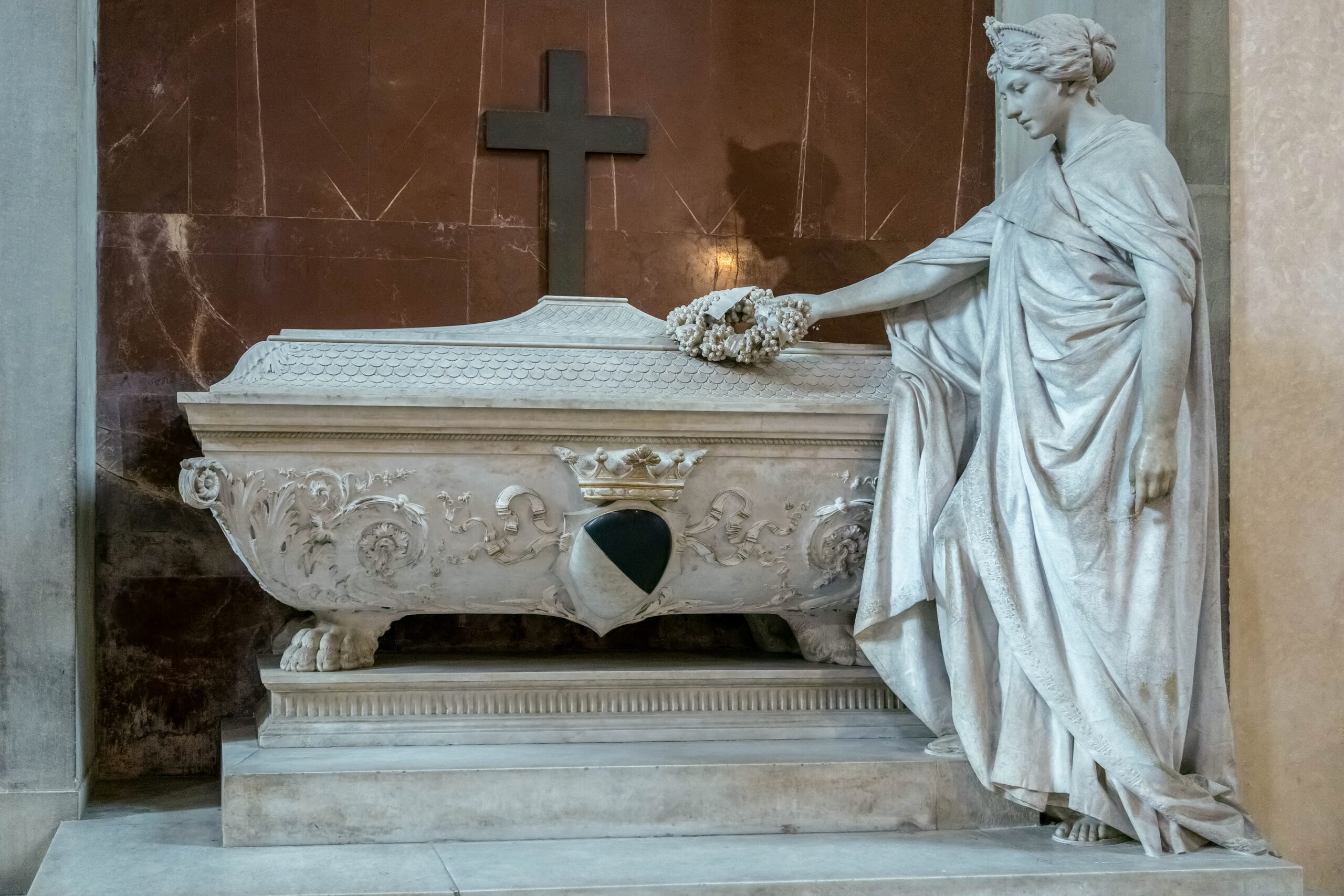Cemetery Tourism: Cities of the Dead
By Thilo Mag

In the heart of bustling cities lie hushed worlds of stone and shadow—cemeteries that serve as more than resting places. They are open-air museums, time capsules, and hauntingly beautiful spaces where travelers walk not in mourning, but in reverence and curiosity. This rising travel niche—cemetery tourism—invites visitors to explore the cultural, artistic, and historical depths of the world’s most iconic graveyards.

Walking with Legends: Père Lachaise, Paris
Tucked into the northeast of Paris, Père Lachaise Cemetery is a poetic labyrinth of cobbled paths, ivy-covered tombs, and mausoleums as grand as any cathedral. Home to over a million souls, this 44-hectare necropolis draws nearly 3.5 million visitors a year—not to mourn, but to connect.
Here, fans of classic literature linger by Oscar Wilde’s lipstick-kissed tomb, while rock devotees silently nod to Jim Morrison’s modest grave, often strewn with candles and graffiti tributes. The cemetery, opened in 1804, offers a rare blend of Gothic romance and sculptural artistry—each grave a portrait of its era’s beliefs and aesthetics.
Beyond celebrity graves, Père Lachaise offers layers of Parisian history—from victims of war to memorials of the Holocaust. Walking here becomes an intimate conversation with the past.

Marble Memories: La Recoleta, Buenos Aires
In Argentina’s capital, La Recoleta Cemetery is a sculptural wonderland carved in marble and myth. The city’s elite rest in vaults that rival palaces, guarded by angels, lions, and silent stone sentinels.
The main draw? Eva Perón, Argentina’s beloved and controversial First Lady. Her grave, surprisingly humble, remains a pilgrimage site for admirers from around the globe. Yet beyond Evita lies a deeper intrigue: tales of duels, scandals, and ghost stories that breathe life into stone.
La Recoleta’s layout, resembling a miniature city with narrow lanes and domed tombs, makes it a visual and emotional experience. Every detail speaks of legacy, pride, and the human desire to be remembered.
Why Cemeteries?
It may seem odd—vacationing in graveyards—but cemetery tourism is about more than death. It’s about storytelling. Each name etched in stone carries echoes of a life once lived, a culture once thriving. Travelers seek meaning, and cemeteries offer unfiltered history, from artistic trends and social hierarchies to personal tragedies and triumphs.
These sites also provide a unique tranquility. Unlike crowded museums or noisy streets, cemeteries invite quiet reflection. They reveal a city’s soul, not through architecture or cuisine, but through remembrance.
Around the World: A Global Pilgrimage
- Highgate Cemetery, London: A hauntingly beautiful example of Victorian Gothic, home to Karl Marx and George Eliot.
- Green-Wood Cemetery, New York: A sprawling landscape of hills, lakes, and 19th-century sculptures where history and nature merge.
- Okunoin Cemetery, Japan: A sacred forest cemetery in Koyasan, where over 200,000 tombstones line moss-covered paths leading to the mausoleum of Kobo Daishi.
These spaces reflect the diverse ways cultures honor death—and life.

The Art of the Eternal
Cemetery tourism also attracts art and architecture lovers. From stained glass windows and ironwork to mausoleums blending Baroque, Neo-Gothic, and Art Nouveau styles, these burial grounds are masterpieces. In places like Père Lachaise and La Recoleta, every crypt is a canvas—often commissioned by grieving families who spared no expense to immortalize their loved ones.
For photographers, the interplay of light, shadow, and sculpture creates breathtaking compositions. For writers, every inscription is a doorway to imagination.
A Responsible Journey
While exploring cemeteries, travelers are encouraged to tread with respect. These are sacred grounds. Photography, guided tours, or even ghost walks are welcome in many locations, but reverence is key. It’s less about morbid fascination and more about mindful exploration.
Conclusion: Life through Death
In an age where tourism is increasingly about depth over checklist sightseeing, cemetery tourism offers something profound. These cities of the dead are silent storytellers—offering a mirror to our shared human experience. For the curious traveler, they promise more than history. They offer connection.
So next time you visit a city, step through the wrought iron gates of its cemetery. There, amid stone and silence, you may hear the most human stories of all.

